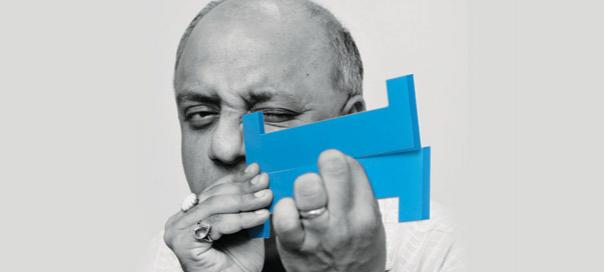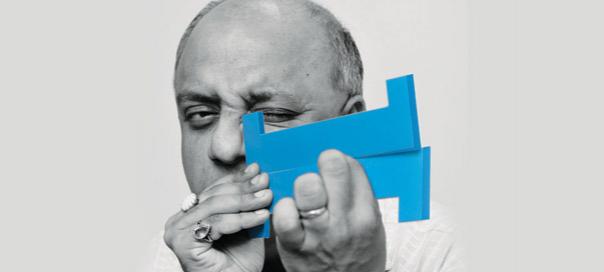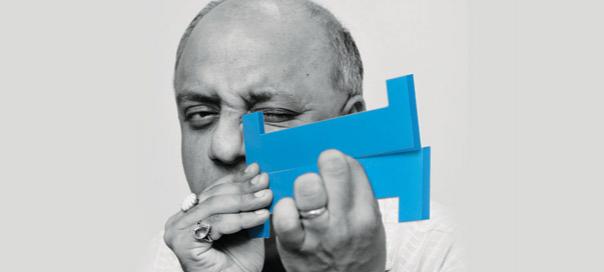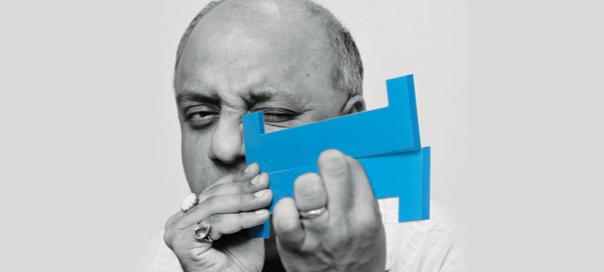I have always had a good word to spare for Information & Broadcasting Minister Manish Tewari. I have written more than once about his poise and finesse as a Congress spokesperson, his open and frank position as the I&B Minister, his judicious ways of leading the ministry with some good policy decisions. But I’m afraid I have to say that Tewari and his ministry’s stand on the ad cap for broadcasters is questionable.
According to the Telecom Regulatory Authority of India (TRAI) recommendation in May last year, the general entertainment TV channels (GECs) and news TV channels had to reduce their advertising air time per hour to 16 minutes and 20 minutes respectively from the following month and to 12 minutes by October 1, 2013. Admittedly, it is the TRAI’s job to regulate advertisements, as per the January 2004 Union Ministry of Communication and IT order, which brought broadcasting and cable services within the regulator’s ambit.
It must be mentioned here that Tewari had recommended that the 12-minute ad cap implementation deadline be postponed to December 2014 from October 1, 2013, but perhaps he was not persuasive enough. Most GECs have already started implementing the ad cap, while news broadcasters have a stay order from the Delhi High Court until March 2014. I have to agree with what India Today Group CEO Ashish Bagga has to say about such a curtailment, particularly in news – that it goes “against the freedom of speech and freedom of expression”.
What’s worse, broadcasters say, is the timing – the government seems to be hell bent on putting the chicken before the egg in a market that has endangered the very survival of broadcasting companies. Killing carriage fees, dipping ad rates and the rollout of digitization at a snail’s pace have resulted in shrinking revenues. If the ad cap is implemented, broadcasters fear its stranglehold would cause them an additional revenue loss of Rs 500 crore. According to industry watchers, since TV channels’ dependence on ad revenue is quite high, the losses will not only force news channels to slash their inventory, but also force them to hike their ad rates by nearly 50%. This will tell on recent entrants in the broadcast market, and they will have no option but to shut down.
At the core of the problem is the lack of intent on the part of the government to implement digitization, which has prevented the TV firms from earning enough from subscriptions and thus lowering their dependence on ad revenues. Then, there is the ever increasing carriage fees; channels have to pay distribution platforms money to the tune of Rs 2500-2600 crore annually. And it has not eased, primarily because digitization has not been setting in at a good pace.
When the two phases of digital access system (DAS) were rolled out, carriage fees were expected to come down. However, broadcasters continue to reel under unreasonably high carriage fees. Also, due to delays in completion and ineffective implementation, industry players could not realize the revenue they would have if the rollouts were streamlined. According to an estimate, broadcasters continue to earn revenues in the range of 20-25%, which is just not enough in these trying times, as operating costs continue to rise and uncertainty looms large. In the process, the smaller and news channels are the worst hit, given the high capital investments and input costs, with subscription revenues not significant enough to cover costs. Bagga pointed out at the exchange4media News Next Conference 2014 held some time ago that a “(news) broadcaster invests 30% of carriage and gains 6% of revenue”.
Sceptics see the move to limit ads as an attempt to muzzle the media for its vitriolic attacks, reports and exposes of scams and scandals clouding the political scenario of the country in an election year. This perception is further fanned by the fact that the move to cap ads affects news broadcasters more adversely than GECs, and that they are permitted only 26% FDI as opposed to 74% enjoyed by the entertainment channels. What further raises such doubts is that the TRAI was actually asked to make recommendations to regulate advertisement time on the channels.
In December, following a Supreme Court order that the Telecom Disputes Settlement and Appellate Tribunal (TDSAT) cannot admit petitions against rules laid down by TRAI, the tribunal dismissed an appeal by news and music broadcasters challenging the 12-minute ad cap. Now, most channels are helpless and abide by TRAI’s diktat. In July last year, most GECs and news channels had complied with the ad cap. There were reports that some of the top GECs had increased their ad rates by 15-30% then, and managed to remain afloat, while most news channels bore the agony without being able to do much about it. But will it be possible, particularly for the news channels, to take the 12-minute-ad cap hit? Only time will tell.
Coming back to Bagga’s reference that the regulation violates constitutional freedom, it also flouts another one – the freedom of choice. While recommending the ad cap, TRAI seems to have forgotten that the ultimate right to choose lies with the viewers themselves. If they feel that a channel has too many ads, they can easily switch to another channel. Does the regulator think that broadcasters are not aware of this? Does it think that in such circumstances, the channels would crowd themselves with advertisements at the risk of losing eyeballs? If not, then why limit ads at all?
Mr Tewari, your intervention is certainly required here. And, a strong one at that.
Feedback: abatra@exchange4media.com
























